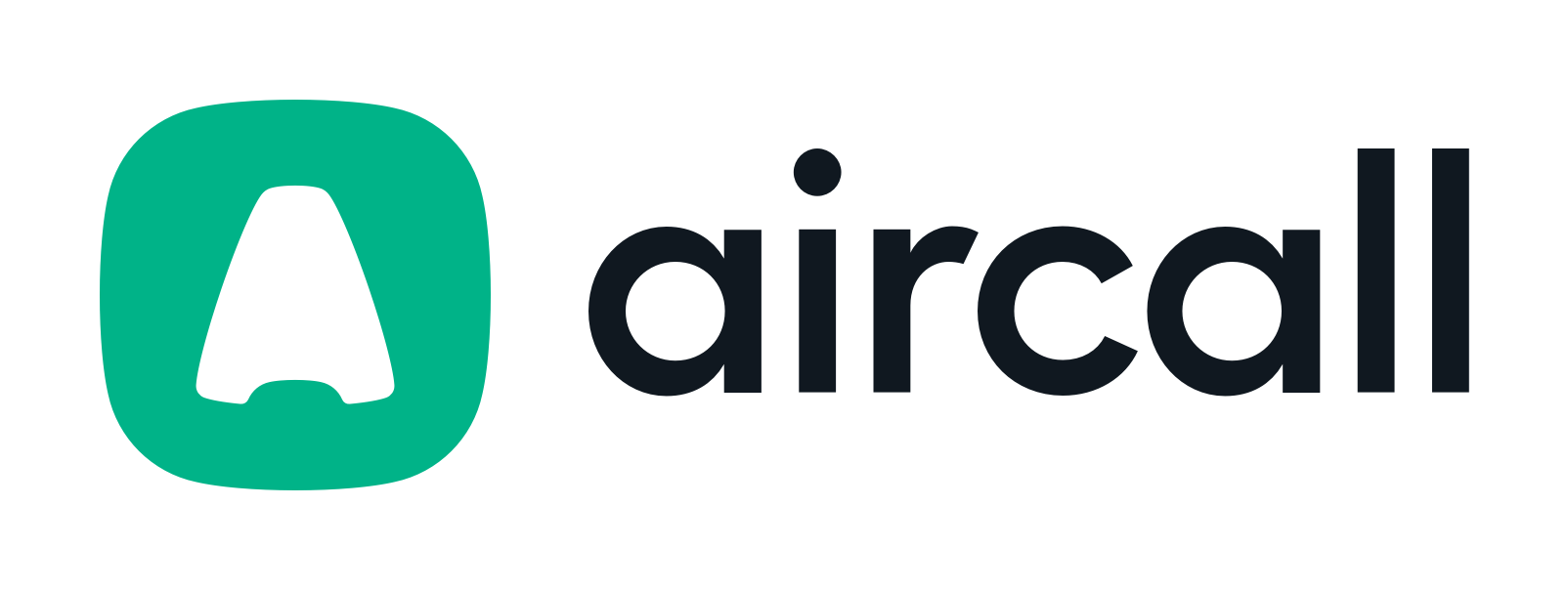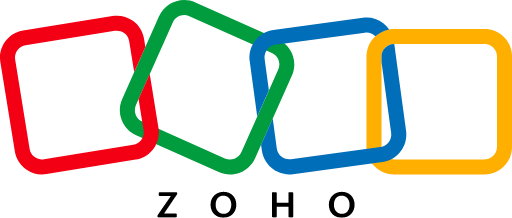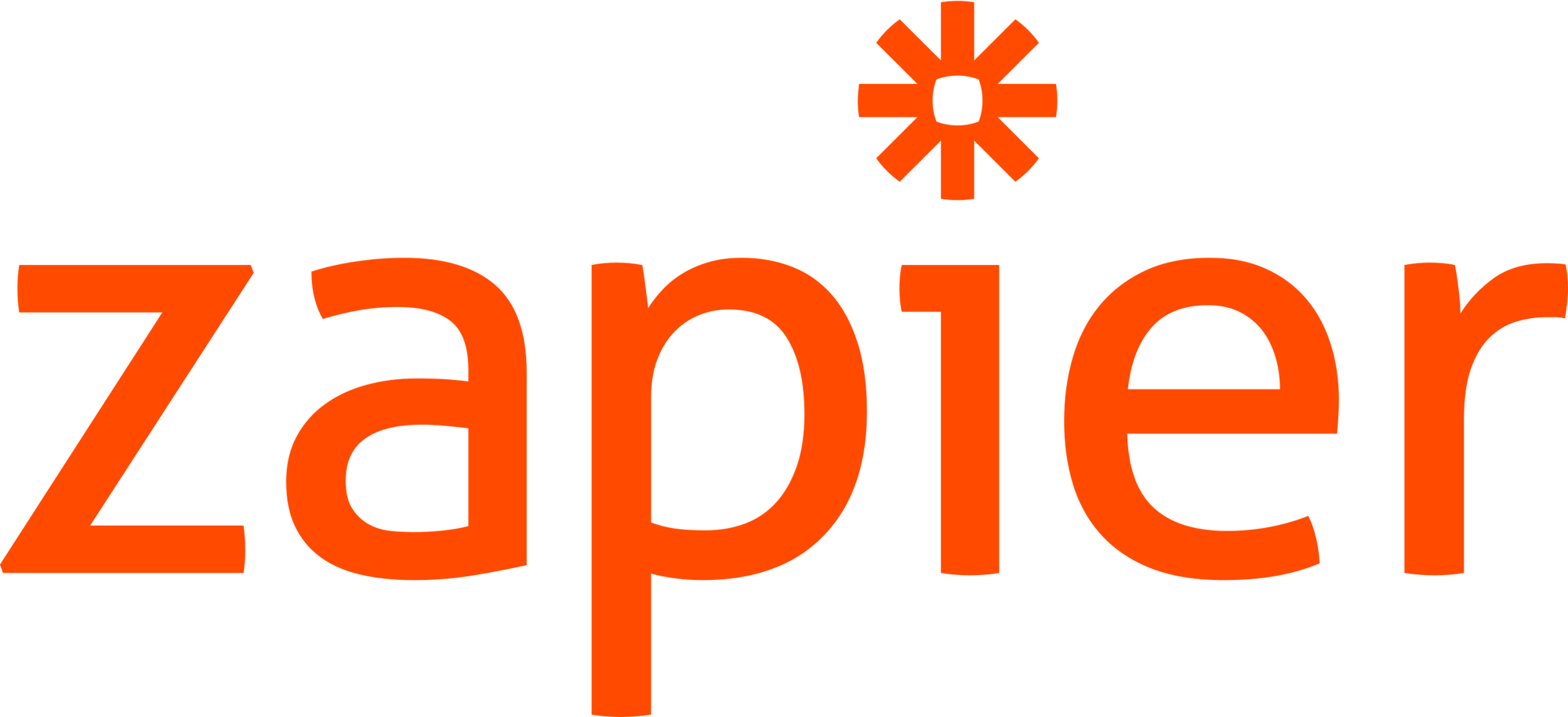
Sometimes, hard work just isn’t enough.
You’ve probably seen this happen:
Your sales team gives it their all—long hours, endless calls, and tireless follow-ups. Yet, inefficiencies keep piling up. Manual tasks eat away precious time. Miscommunication leads to missed opportunities. Outdated tools grind progress to a halt.
No matter how dedicated your team is, inefficiency creates a ceiling that hard work simply can’t break through. Streamlined workflows, modern tools, and clear priorities aren’t just nice to have—they’re essential for sales team efficiency.
This guide is here to help. We’ve gathered high-performing sales strategies and tools to help SDR teams work smarter, close more deals, and stay ahead of the competition.
Let’s get started. 👇
10 strategies to boost sales team efficiency
We’ve gathered these strategies from senior SDRs who know the challenges firsthand. They shared their best sales process optimization and time management practices for sales teams.
This isn’t some theory—it’s real advice from people who’ve figured out how to make outbound sales run smoother.
1. Streamline prospecting with tools like Kaspr
How it works:
Kaspr provides accurate lead data and integrates with LinkedIn for faster prospecting.
Imagine prospecting on LinkedIn and finding a decision-maker who perfectly matches your ICP (Ideal Customer Profile). Instead of spending 20 minutes digging through Google to find their email address, Kaspr’s Chrome Extension lets you instantly retrieve accurate contact details right from their LinkedIn profile.
/%5BPMM%202%5D%20-%20Boost%20pipeline/LinkedIn%20Chrome%20Extension%20UK%201%20(EN).webp?width=700&height=420&name=LinkedIn%20Chrome%20Extension%20UK%201%20(EN).webp)
With seamless integration, you can add it to your CRM in seconds.
Why it’s effective:
Let’s say your sales team spends 30% of their day manually searching for contact information. That’s hours wasted every week. Kaspr stops this inefficiency, giving SDRs more time to focus on meaningful conversations.
Plus, delivering verified, high-quality data ensures your team reaches the right people—no more dead ends or bounced emails.
And the best bit? You can sign up and try Kaspr’s data out before you buy.
💡 Bonus tip:
Use Kaspr’s data enrichment features to prioritize high-value prospects.
For example, you’re targeting decision-makers in mid-sized tech companies in Europe. Kaspr’s data enrichment can quickly enrich your list from LinkedIn’s people search or Sales Navigator.
2. Optimize your sales process with a CRM
How it works:
Tools like HubSpot or Salesforce help organize workflows, track deals, and manage customer interactions.

A typical situation:
You’re juggling 30 leads, each at different stages of your sales pipeline. One client wants a follow-up in two days, another needs a demo scheduled next week, and a hot lead requires immediate attention.
By using CRM tools for sales efficiency, you simplify this chaos. CRM organizes all your tasks, deals, and customer interactions in one central platform. You can easily track progress, set reminders, and see where every lead stands at a glance.
Why it’s effective:
Without proper follow-ups, you risk losing clients. A CRM ensures this doesn’t happen.
For example, with HubSpot, you can set automated follow-up reminders and track email engagement to prioritize interested leads. Meanwhile, Salesforce can show you which deals closed on which date and more.
💡 Bonus tip:
Automate follow-ups and reminders. For example, set your CRM to send a personalized email to prospects who haven’t responded in a week. You can also schedule a reminder for the responsible SDR to make a follow-up call.
3. Invest in sales enablement resources
How it works:
Provide your team with resources like case studies, training, and product guides.
So that the next time a prospect hesitates, saying, “We’ve tried tools like yours before, and they didn’t work for us,” a well-prepared SDR will respond with confidence:
“I understand, but let me share a case study about a client in your industry who faced the same challenge—and how they saw a 40% improvement in efficiency after implementing our solution.”
Why it’s effective:
Preparation turns hesitation into trust. When a sales rep has quick access to sales enablement tools, they can confidently answer technical questions without needing to “get back to you.”
💡 Bonus tip:
Create a centralized knowledge hub for quick access to key resources. Cloud-based tools like Notion or Seismic provide easy-to-use features to collect pitch decks, FAQs, and training materials.
Check their document library features if your team uses HubSpot or Salesforce.
4. Leverage sales automation tools
How it works:
Imagine you’ve just finished a discovery call with a prospect, and now you need to send a follow-up email, schedule the next meeting, and log the details into your CRM. Multiply this by 10 prospects a day, and it’s easy to see how much time these repetitive tasks eat up.
Sales automation tools can handle these processes for you.
Instead of manually drafting a follow-up email, Outreach allows you to set up automated sequences tailored to the prospect’s needs. The follow-up email goes out immediately, complete with any resources you promised to share during the call.
Scheduling the next meeting will also be seamless with Calendly. Simply share your availability link, and the prospect can book a time that works for them—no endless back-and-forth emails.
Why it’s effective:
Automation tools free up hours that would otherwise be spent on admin tasks. With automation, SDRs have more time to build relationships and actually sell.
💡 Bonus tip:
Combine sales automation benefits with Kaspr to add a personal touch. Kaspr enriches contact details from LinkedIn and integrates them directly into your CRM.
5. Set clear KPIs and track sales efficiency metrics
How it works:
You can’t improve what you don’t measure. Use analytics tools to monitor key metrics like win rates, response times, and prospecting pipeline velocity.
For instance, you’ve set up HubSpot CRM analytics. You look at stats, and they show that your team’s response time to inbound leads averages 48 hours. With this insight, you can implement a policy of responding within one hour using automated notifications.
This will cut response times dramatically.
Need advice on how to set sales targets? See the video below. ▶️
Why it’s effective:
When you use sales team performance tools, it’s like getting a clear map of what’s working and what’s not. Instead of guessing where things are going wrong, you can see the problem.
Maybe deals drag on too long to close, or your team spends too much time chasing dead leads. Once you spot the issue, it’s easier to fix it.
It also shows you how everyone on the team is doing. If someone’s struggling, you’ll know exactly where they need help—like improving their pitch or managing their time better.
On the flip side, if someone’s crushing it, you can learn from what they’re doing right and share it with the rest of the team.
💡 Bonus tip:
Share dashboards with the team to get everyone on the same page. Some tools let you create easy-to-read visuals that show metrics such as how many calls each rep has made, how many deals they’ve closed, and how close the team is to hitting its goals.
When everyone can see their progress and compare it to the team’s overall performance, it motivates them to stay on track and improves accountability.
Plus, it keeps things transparent, so there’s no confusion about where the team stands.
6. Prioritize high-quality leads
How it works:
Use data enrichment tools like Kaspr to qualify leads and focus on prospects with the highest potential.
Kaspr enriches your lead data with details like direct dials, job titles, industries, and company sizes, allowing you to pick up the phone and qualify leads quickly and effectively.
With this data, you can focus your time and energy on the prospects that match your ICP and have the highest potential to convert.
Why it’s effective:
Let’s be real—there’s nothing worse than spending hours reaching out to people who were never going to buy in the first place. By focusing on qualified leads, you’re cutting out the guesswork.
💡 Bonus tip:
Create a clear ICP to refine your lead qualification process. It’s a list of things that make a lead a good fit for your business, like the size of their company, how much money they make, where they’re based, or the problems they need help with.
Once you’ve got that nailed down, share it with your team so everyone knows exactly who to target.
7. Encourage collaboration and communication
How it works:
Sales is a team sport, and good communication is essential to win. Use tools like Slack or Microsoft Teams to improve communication and share insights.
For example, you can set up a dedicated Slack channel for SDRs to share quick updates about leads or ask for help handling objections.
When one of your SDRs has a question about a tricky prospect—they can drop it in the channel and get instant advice from teammates or managers.
Similarly, creating a shared channel with marketing ensures that sales can provide real-time feedback on lead quality.
Why it’s effective:
When sales, marketing, and support teams actually talk to each other, things just work better.
Let’s say:
Marketing runs a campaign that brings in 100 leads, but the sales team has no clue what the campaign is about or what kind of prospects are coming in. That usually means wasted time or missed chances.
But if you use something like Slack or Teams, marketing can quickly share what the campaign’s about. Sales can then give feedback right away—like which leads are good and which aren’t—so marketing can adjust and send better leads next time.
💡 Bonus tip:
Don’t stop at digital communication—schedule regular team check-ins to share best practices and address challenges face-to-face (or via video calls).
For instance, a weekly 30-minute meeting can focus on sharing wins, discussing roadblocks, and brainstorming solutions.
8. Focus on time management and scheduling
How it works:
Encourage your team to block time for prospecting, follow-ups, and admin tasks.
For example, an SDR might spend the first two hours of the day focused on prospecting new leads, followed by a block for calls and follow-ups, and wrap up with admin tasks at the end of the day.
Time management for sales teams helps create a flow that keeps them focused. Here’s how that calendar might look. ⤵️
/SDR%20career%20progression/aes-calendar.webp?width=700&height=549&name=aes-calendar.webp)
Why it’s effective:
Multitasking is a good idea, but it usually leads to mistakes and wasted time. When SDRs focus on one thing at a time—like setting aside an hour just for prospecting—they get more done without constantly getting distracted by emails or random meetings.
💡 Bonus tip:
Use Calendly to simplify scheduling and skip back-and-forth emails. Calendly’s links let prospects pick a free time in your calendar that works best for them. It’s a simple change that frees up hours every week.
9. Provide ongoing training and development
How it works:
Offer workshops and webinars to keep your team’s skills sharp. These sessions can be run internally by experienced team members or externally by industry experts.
You can also encourage your reps to attend industry events or conferences, where they can learn the latest trends, hear success stories, and network with other professionals.
Why it’s effective:
Continuous learning creates a proactive team that predicts market changes instead of reacting to them. It fosters a mindset where sales reps actively monitor trends, analyze changes in customer behavior, and identify potential opportunities early.
💡 Bonus tip:
Implement role-playing exercises to improve sales pitches and objection handling.
Have one person act as a prospect with specific challenges or objections while another practices their approach. Rotate roles to give everyone experience and use these sessions to provide feedback on their performance.
This focused practice builds confidence, sharpens communication skills, and ensures reps are prepared for real-world conversations.
10. Celebrate wins and recognize top performers
How it works:
Use incentives, rewards, or shoutouts to recognize individual and team achievements. For instance, offering a bonus for the highest number of deals closed in a quarter can drive focus and effort.
Rewards don’t always have to be monetary.
Personalized gestures like handwritten thank-you notes, public shoutouts in team meetings, or even a spotlight in a company newsletter can make a big impact. Writing a quick message in Slack praising someone for securing a tough meeting or closing a deal can boost their confidence and set a positive tone for the team.
You can also extend recognition to team achievements. Celebrate hitting a group sales target with something fun like a team lunch, a celebratory happy hour, or even a simple “congratulations” email from leadership.
Why it’s effective:
When someone gets a shoutout for closing a big deal, it makes others want to step up, too—but in a good, healthy way. Plus, celebrating team wins brings everyone closer, which makes working together easier and boosts sales team morale.
It’s simple: when people feel appreciated, they work harder and stay more engaged.
Where to start
Improving your sales team’s efficiency isn’t about working longer hours but working smarter.
The strategies we’ve shared here aren’t just nice ideas—they’re practical things you can implement even today. Maybe you start by automating follow-ups or prioritizing high-quality leads. Even tackling one or two of these can greatly impact how your team works.
So, what’s stopping you? Pick a strategy, try it out, and see the results for yourself. You’ll be surprised how quickly things can improve once you make a few tweaks.
Go for it!
Accurate European contact data
Get accurate data for your prospects and connect with your favorite sales tool







![15 Best Sales Cadence Software For 2025 [Compared]-festured-image](https://6052405.fs1.hubspotusercontent-na1.net/hubfs/6052405/2023%20-%20Blog/EN%20SEO%20blogs%20%28Clusters%29%20%5B%2B%20FR%2c%20ES%20and%20DE%20variations%5D/Outbound%20sales%20%28cluster%29/Sales%20cadence%20software/EN_sales-cadence-software-card.png)
